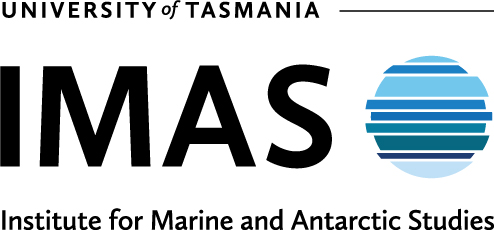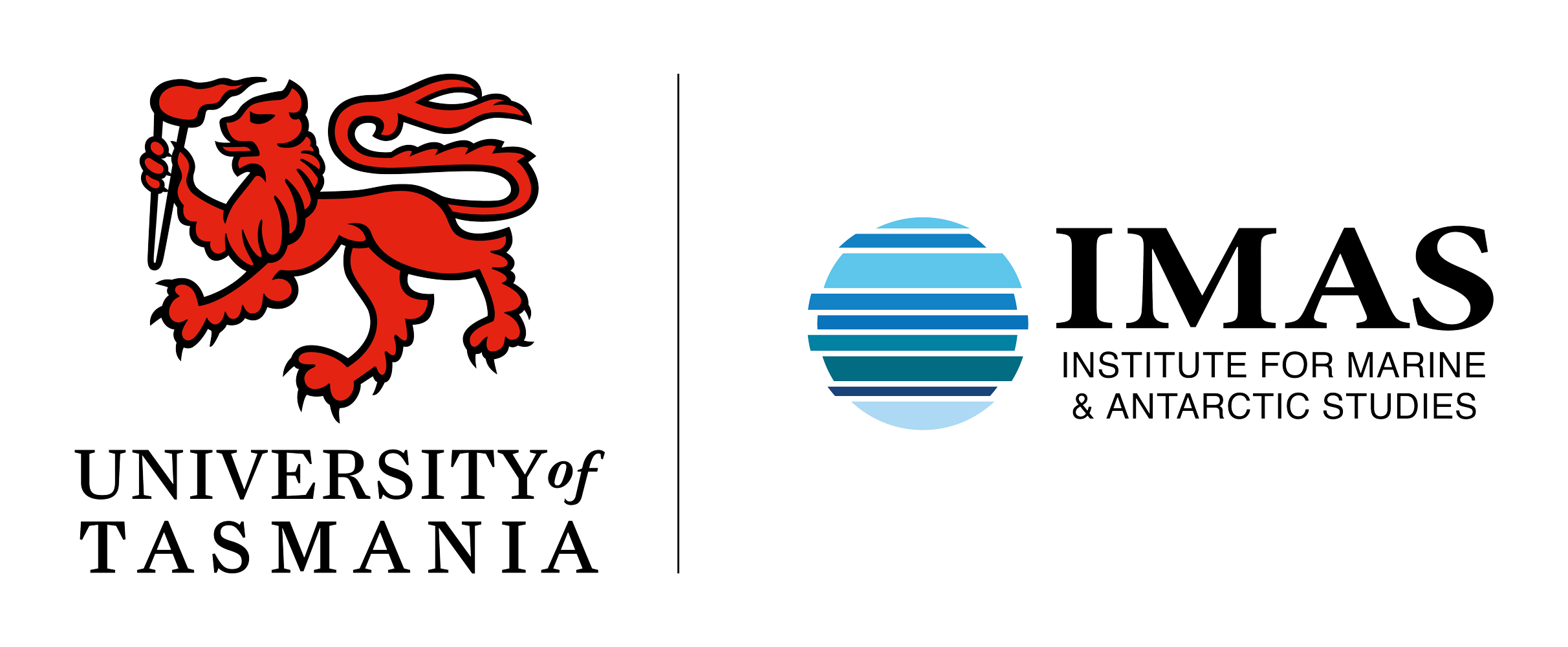Catch, Effort and CPUE
Commercial landings of Jackass Morwong in Tasmanian waters have declined steadily since peak catch records of almost 35 t in 1997/98, fluctuating between approximately 1-5 t since 2007/08. Jackass Morwong is taken mainly using gillnet gear from the east and southeast coasts, with some previous fishing activity on the northeast, northwest, and west coasts. The Tasmanian Scalefish Fishery predominantly accesses the eastern Jackass Morwong stock, which is also accessed by the Commonwealth managed Southern and Eastern Scalefish and Shark Fishery (SESSF).
Jackass Morwong is an important recreational species with all estimates of catch at higher levels than those of the commercial fishery operating in the state. Recreational catches have generally represented approximately 60-70% of total catch during survey years. In addition to gillnetting, Jackass Morwong are commonly caught recreationally by handline and often associated with targeted fishing for Striped Trumpeter.
Catches have fluctuated in general agreement with fishing effort, which has resulted in relatively stable CPUE at reduced levels since 2007/08. Most of the fishing effort occurred on the east coast, with effort in other regions low and relatively stable. Trends in nominal CPUE by region were largely masked by an apparent outlier value of peak CPUE on the northeast coast when catch was relatively low but effort almost zero. The most notable trend was the above-mentioned initial decline in CPUE until 2007/08, which was attributable to the region of peak fishing effort on the east coast.
The latest full Scalefish Assessment can be found at the link:



